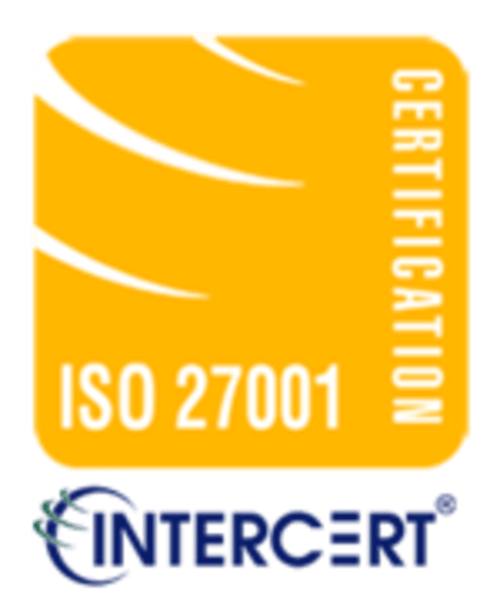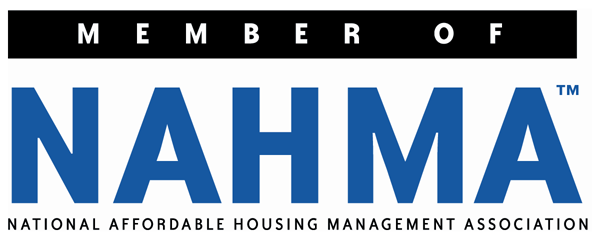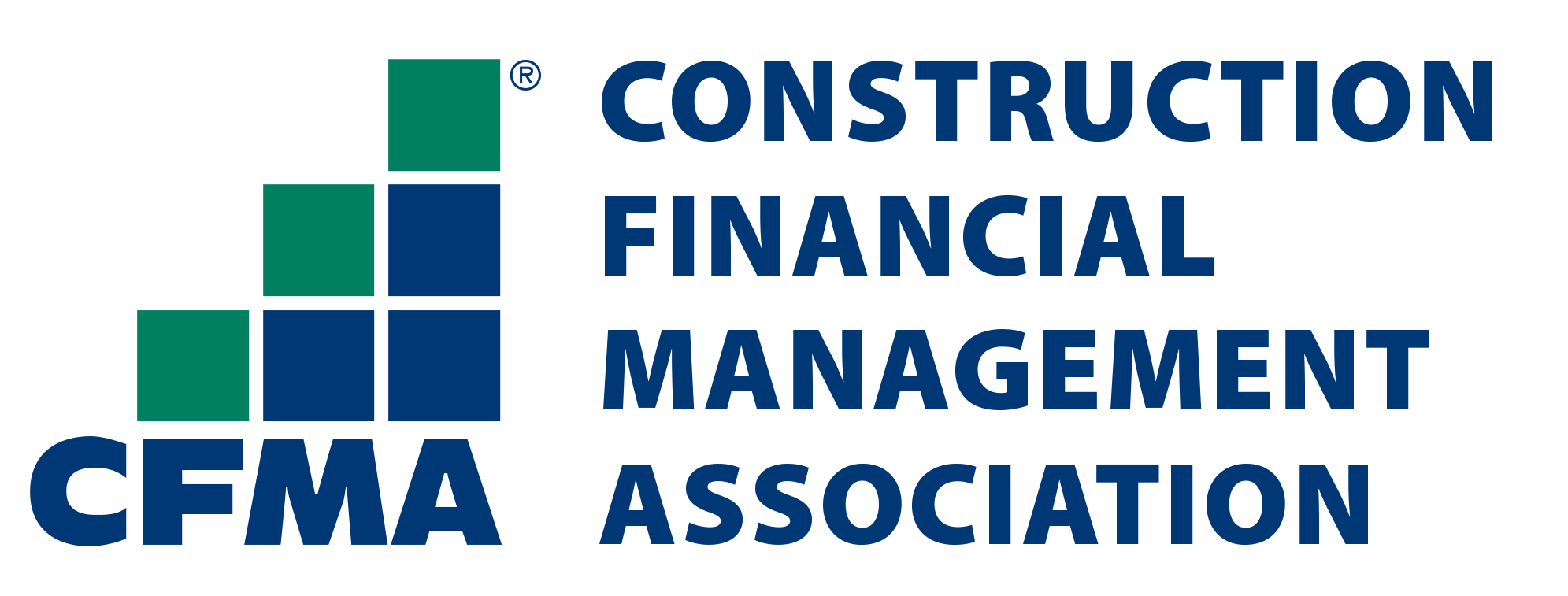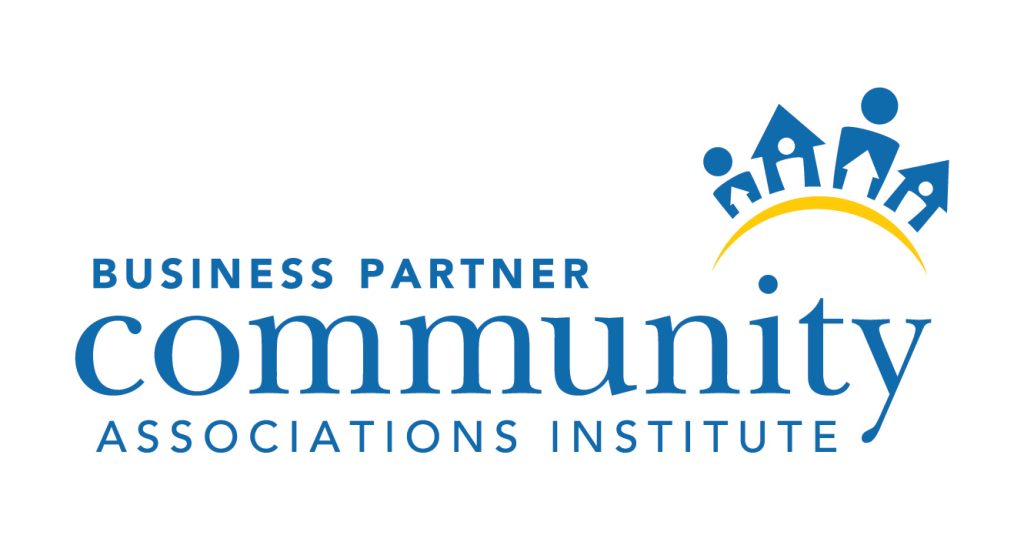
Real Estate Budgeting and Forecasting: Getting Organized
- November 16, 2024
- OHI

Budgeting and forecasting are twin jewels that form the backbone of good real estate management. Be it a residential, commercial, or mixed-use property, proper budgeting and forecasting ensure the financial stability of each business, strategic planning, and proper decision-making. In this blog, we will discuss the importance of budgeting and forecasting in real estate, the steps that guide a successful financial plan, and practical tips on getting organized.

Budgeting and forecasting play a critical role in real estate since they offer a map to the proper management of real estate operations. The following reasons exemplify why they are important:
A well-structured budget gives the outline for income and expected expenses, hence offering property managers control over costs as well as strategic resource allocation.
Forecasting enables property managers and investors to anticipate future trends, whether it’s a market fluctuation or tenant demand, allowing for proactive decisions.
Budgeting and forecasting identify income shortcomings or hidden expenses and thus represent forms of mitigating financial risks.
Budgets represent benchmarks for comparison purposes to assess actual financial performance, thus making it easy to measure and get corrective actions on variances.
Proper financial planning and reporting instill confidence with the stakeholders including investors, lenders, and tenants.

The elements of a real estate budget include the following:

Examine any historical financial records that may show income and expense trends. Historical data also depict seasonal fluctuations, recurring cost patterns, and probably some areas for improvement.
Write down all possible sources of income to include rentals, parking fees, and other auxiliary services. Income forecasts must be realistic and assume the possibility of vacant units.
Classify costs as fixed, variable, and capital expenditure. Always consider each operating and maintenance expense, such as property management fees, utility bills, repair fees, and other charges.
Provisions for unforeseen events, such as unscheduled repairs or legal disputes, ward off unexpected expenses.
Incorporate market research to predict changes in demand, property values, and operating expenses. For instance, utility cost increases or fluctuations in interest rates should be included in the budget.
Excel, Yardi, and Power BI could be used as financial modeling tools to allow for a dynamic budget because it will be easily adjusted with real-time analysis.
Engage property managers, accountants, and investors in the budgeting process. Their insights will ensure all critical factors are covered.

Forecasting supports budgeting by projecting future financial performance based on current data and trends. Follow these steps for precise forecasting:
Metrics such as NOI, Cash Flow, and ROI should be recognized for evaluating financial health.
Analyze historical data to look for trends and add current market trends to make accurate predictions.
Include seasonal factors such as increased heating costs in winter or higher tenant turnover in summer.
Inflation, interest rates, and regional economic growth may influence property value and operating cost considerations.
Forecasts should be interactive and updated regularly since income, expenses, or market conditions change.

Use property management software to assist with budgets and managing forecasts. Companies like AppFolio, Buildium, and MRI offer modules for financial planning.
Create templates for budgeting and forecasting. This ensures consistency and saves time during the planning stage.
Automate financial data entry using property management systems, bank accounts, and utility providers to reduce errors and save time.
Set realistic goals based on current performance and market conditions, as poorly set goals can lead to poor decisions.
Conduct monthly or quarterly analyses comparing actual performance with the budget to identify variances and adjust strategies.
Ensure your team has knowledge of budgeting tools and financial concepts. Training can improve efficiency and accuracy.


A commercial property owner managing office spaces experienced erratic budgeting and frequent variances.

Budgeting and forecasting play a vital role in the success of any real estate undertaking. By following organized procedures and maintaining proper service coverage, property managers can achieve financial control, understand future trends, and make data-driven decisions. Leveraging technology and engaging stakeholders while conducting regular reviews will ensure accuracy and efficiency.
Start budgeting and forecasting today for the financial stability and growth of your real estate portfolio. With the right tools and practices, you’ll be better prepared to navigate the real estate market effectively.
Contact us for a customized NO OBLIGATION proposal for outsourcing your accounting activities.









